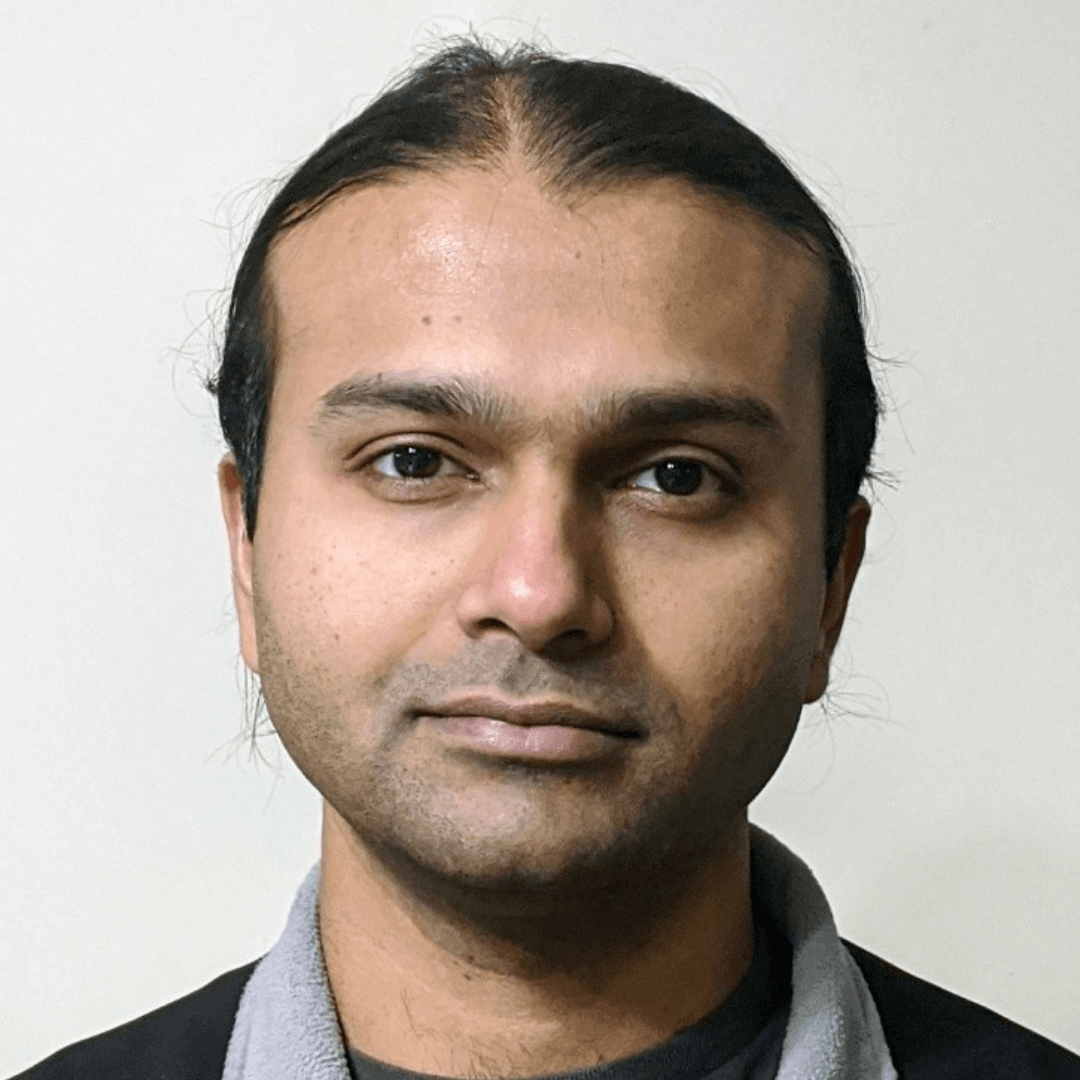Breathing requires adequately functioning lungs and respiratory muscles. The thoracic muscles (primarily the diaphragm and intercostal muscles) expand the chest and create a vacuum, causing air to enter the lungs. Once in the lungs, the oxygen in the air diffuses into the blood through thousands of tiny sacs called alveoli. The majority of oxygen then binds to hemoglobin in red blood cells so that it can be delivered to tissues throughout the body. Simultaneously, carbon dioxide that is produced by cells reenters the bloodstream and diffuses out of the alveoli, where it is exhaled.
How does breathing work?
Written by:
Fact-checked
by:
•Last Updated: May 16, 2025
Breathing involves the diaphragm and intercostal muscles, which expand the chest to create a vacuum that draws air into the lungs, where oxygen diffuses into the blood through the alveoli and binds to hemoglobin. Carbon dioxide produced by cells is then expelled from the bloodstream and exhaled.

